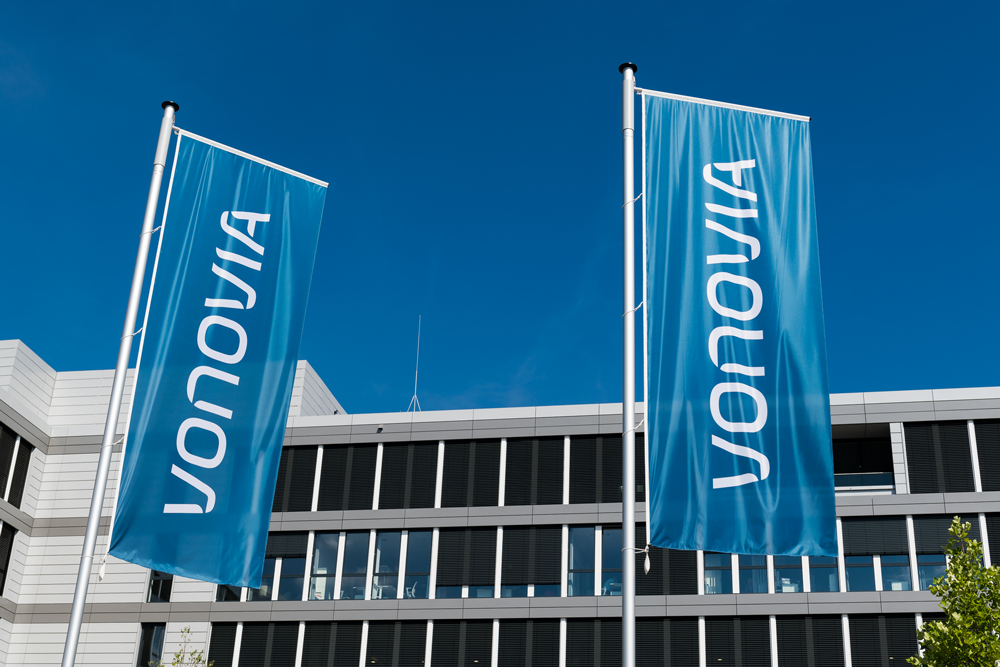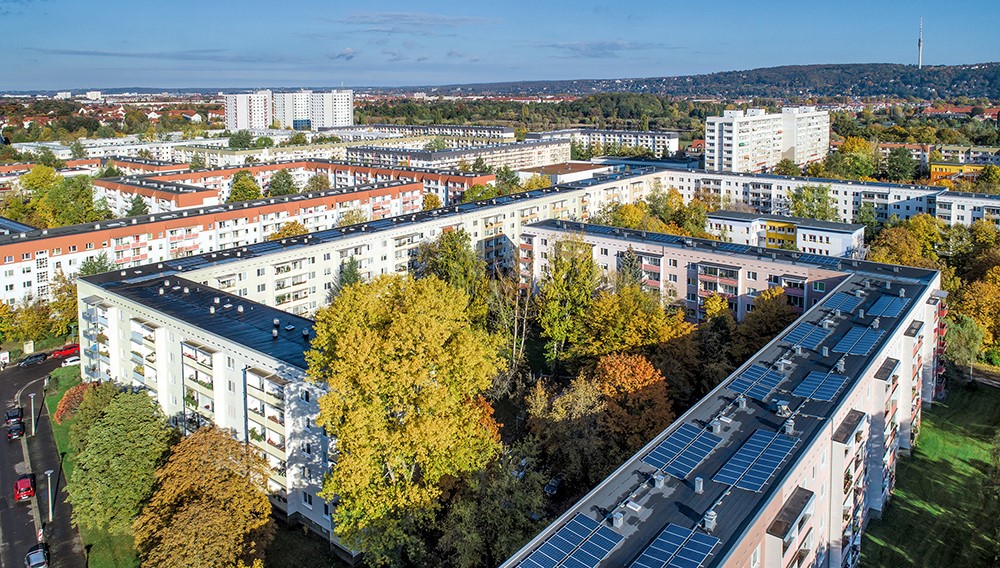Non-Financial Performance Indicators
We also focus on non-financial operating performance indicators as drivers for our key financial figures.
Our business activities are aimed at protecting the environment, ensuring trustworthy, transparent and reliable corporate governance and taking social responsibility for our customers and employees. We aim to make our contribution to climate protection for society with our sustainable new construction and modernization measures, to be a transparent and reliable partner for our stakeholders, to offer our tenants homes at fair prices that meet their needs together with housing-related services and reliable service, and to be an attractive employer for our employees, offering them prospects and paying due attention to diversity and equal opportunities.
In line with this focus, we have introduced the Sustainability Performance Index as a key non-financial control parameter. Indicators used in the new Sustainability Performance Index are the carbon savings achieved annually in housing stock, the energy efficiency of new buildings, the share of accessible (partial) modernization measures in relation to newly let apartments, the increase in customer and employee satisfaction and diversity in the company’s top management team.
Each component is assigned an individual weighting factor and a defined annual target amount. The individual weighted targets add up to a target of 100% that we aim to achieve every year.
The indicator values for the Sustainability Performance Index for the 2021 fiscal year and the objectives for 2022 relate exclusively to Vonovia, without including Deutsche Wohnen. The calculation of the index will be expanded to include the business activities of Deutsche Wohnen in the course of the coming fiscal year, and these will also be taken into account when future targets are set.
Sustainability Performance Index (SPI)
The organic rent increase refers to the increase in the monthly in-place rent for the residential portfolio that was already held by Vonovia twelve months previously and rented as of the reporting date, plus the increase in rent resulting from the construction of new apartments and the addition of stories to existing properties. The monthly in-place rent per m2 gives information on the average rental income from the rented properties as of the relevant reporting date.
The vacancy rate also shows the proportion of residential units in our own portfolio that are not rented and therefore generate no rental income. It can serve as an early-warning indicator, e.g., to identify non-marketable apartments. The vacancy rate and the average rent are key drivers for the development of our key figures related to the management of rental income. They serve as essential early warning indicators.
The number of units sold from Recurring Sales shows our ongoing efforts in the privatization business. In addition to this, we report the Non-core Disposals.
The fair value step-up Recurring Sales represents the difference between the income from the sale of a privatized residential unit and its last recognized fair value. It shows the percentage increase in value for the company on the sale of a unit before further costs of sale.



